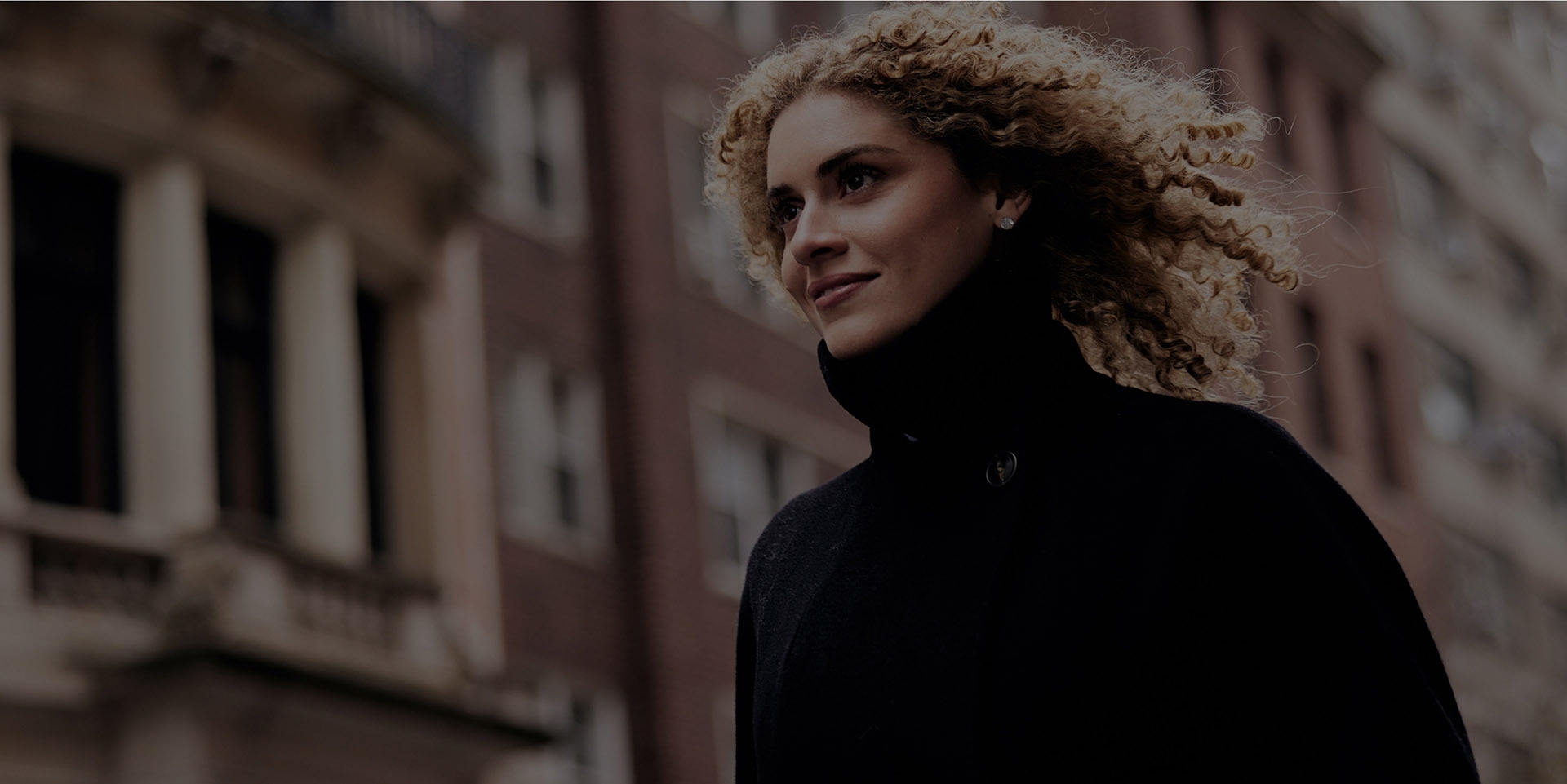 If you would like to change the shape of your nose, it can be achieved through a rhinoplasty. During a rhinoplasty, the nasal cartilages and bones are adjusted, and some tissue may be added to improve the structure of the nose. Rhinoplasty is one of the most complicated cosmetic surgeries. Strenuous post-operative activities, wearing glasses and getting facials should be avoided. Flying should be reviewed with your surgeon.
If you would like to change the shape of your nose, it can be achieved through a rhinoplasty. During a rhinoplasty, the nasal cartilages and bones are adjusted, and some tissue may be added to improve the structure of the nose. Rhinoplasty is one of the most complicated cosmetic surgeries. Strenuous post-operative activities, wearing glasses and getting facials should be avoided. Flying should be reviewed with your surgeon.
Recovery After a Rhinoplasty / Post-Rhinoplasty
After the surgery, patients typically leave the hospital on the same day and head home. If you are an out of town patient, there may be a hotel suggested, where they are accustomed to caring for patients after surgery. Many patients will hire a nurse to stay with them the first night after surgery, even if they have family members helping them with their recovery. Your head should be kept elevated for the first few days after the surgery in order to keep swelling down. The preliminary recovery is complete after the removal of the splint taped to your nose, typically done after a week. A cold compress will reduce the pain and swelling during this period. It will take about 14 days before the majority of swelling and bruising around your nose and eyes has subsided. The black and blue discoloration of your eyelids may take two to three weeks to completely disappear. It is important to avoid direct sun exposure to the healing bruises, as this may create pigment deposits that can last for months.
Patients should limit certain movements after the surgery. This includes strenuous activities such as exercising, bending down repeatedly, and nose blowing. Even some voluntary activities, like flying, should be avoided. Since the first few days after the surgery will include bleeding and swelling, the patient should be lying down with the nose above the chest. Limiting one’s activity will help reduce the swelling and bleeding and expedite the recovery period.
A patient must not fly for at least 5 days after the surgery. While unlikely, the possibility that you will have a nosebleed during the flight, which could be an emergency situation, is avoided. It is still not recommended to fly for an additional week (in total 2 weeks), but many patients cannot stay in town for that long of a period. If you must fly during the second week of your recovery, it is important to take Sudafed and spray a nasal decongestant (Afrin or other) prior to taking off. If not, the pressure changes during the flight may be very painful. It is also typical to have renewed swelling after the flight, which will last about 1-2 days. All of these issues are not concerning if you are planning to travel by car or train.
Out of town patients should plan to stay a few days after the surgery at a hotel. They can travel and fly back home after splint removal at 5-7 days. Physical activity should be limited for 10-14 days. It usually takes about 6 weeks before the patient can exercise again without discomfort. High-risk contact sports should be avoided for 3 months.
Consult with NYC Rhinoplasty Surgeon Dr. Westreich
The results of the rhinoplasty heavily rely on the expertise and artistic vision of the surgeon. Dr. Westreich is double-board certified by the American Board of Facial Plastic Surgery and the American Board of Otolaryngology who delivers amongst the best rhinoplasty NYC has to offer. He is an expert in his field and has extensive experience in correcting complex rhinoplasty problems. He will thoroughly explain the recommendations for after surgery if you are traveling from outside of the NYC or New York Metro area.

